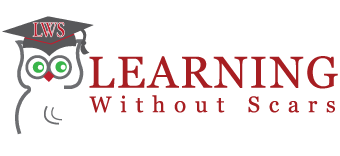What does it look like when it is right? Performance in a Service Department must maximize efficiency, maximize quality, and satisfy customers. The first step to understanding and accepting what needs to be done is to have meaningful, measureable and achievable standards. How to develop your own standards and yet continue to reach for excellence is the theme in this program.
Individual employees want to do a good job, yet many do not know what doing a good job entails. This is a fundamental requirement of good management: communicating performance expectations and measures to the employees. In this program we will cover the fundamentals exposed by Patrick Lencioni in his important book “The Three Signs of a Miserable Job.” Anonymity, Irrelevance and Immeasureability are the three symptoms of this disease which leads to the “Sunday Blues.”
Each employee can also deliver more than they think they can, yet each is fundamentally lazy. Leadership methods to entice or motivate employees to deliver good performance for coworkers, customers and the Company will be discussed in this extremely important program.
